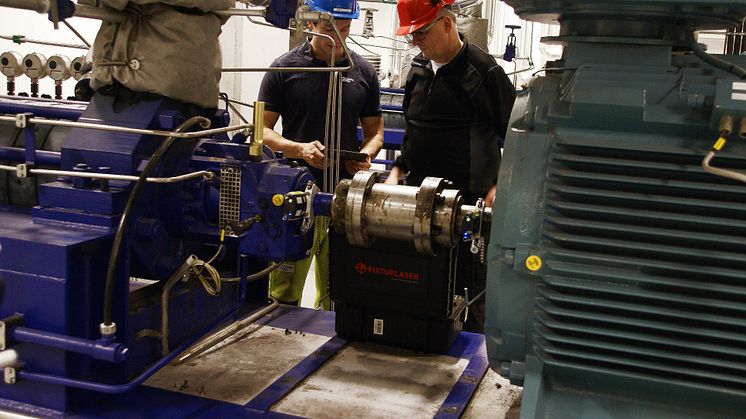Pipe Strain Was the Issue
Have you ever struggled with a precision shaft alignment, even though you did everything right? (Preformed the pre-alignment steps, controlled backlash, etc., etc.) So, what was different? Maybe it was pipe strain.

Have you ever struggled with a precision shaft alignment, even though you did everything right? (Preformed the pre-alignment steps, controlled backlash, etc., etc.) So, what was different? Maybe it was pipe strain.

I read an interesting article in the June/July 17 issue of Uptime Magazine. It was titled “The Reliability Impact Within the P-F Curve” by Randy Riddell. Randy is the Reliability Manager for the SCA Barton Mill in Alabama.
I encourage you to read the full article (https://reliabilityweb.com/articles/entry/the-reliability-impact-within-the-p-f-curve). The article includes the following graphic t
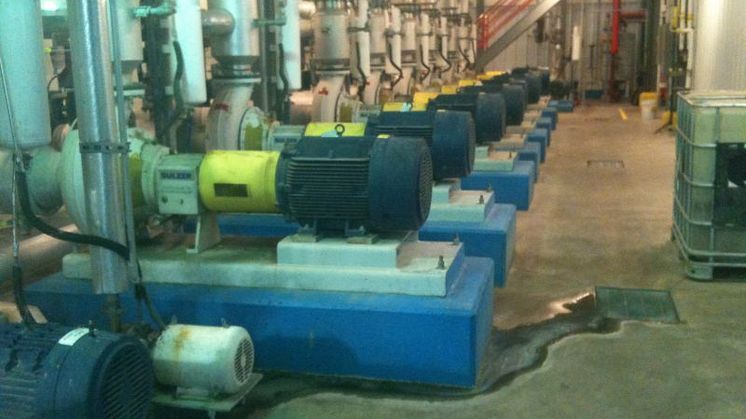
I recently taught alignment training at a gas compression site. These were sharp technicians, and they keep these large gas compressors in excellent shape. We went out to check alignment between the engine and compressor. It was great just as I expected, because compressing gas is their only product.
So I asked if they had anything else they would like to check alignment on. Their answer, “

If possible we want to have the sensors in a horizontal plane when the live screen is activated so the sensors are in position to monitor the horizontal correction. For rotating machines with large mass or that are difficult to position precisely, this may be time consuming and/or not possible.
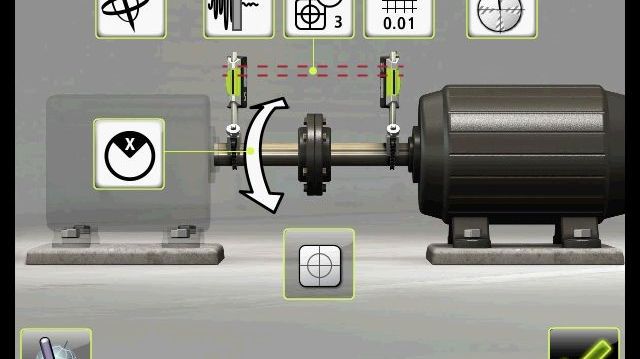
A customer called me, extremely frustrated, because he could not get a good alignment. “I’ve spent two hours trying to align this stupid pump!” he said. He blamed the laser, the “cheap” pump his company had, the bad base, his bad trainer (me), and anything else that came to mind.
I did not take it personally, because I’ve been there too! I listened to his frustrations, and let him vent. And
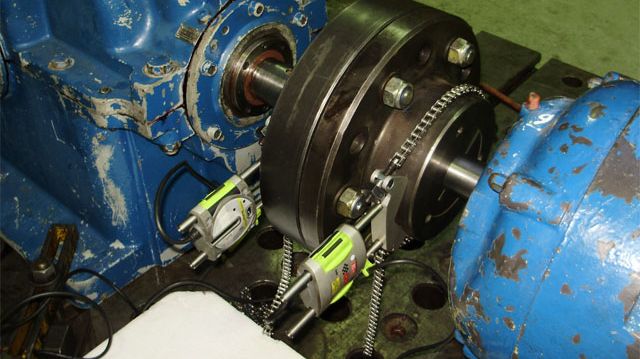
The term ”spacer shaft” includes many things!
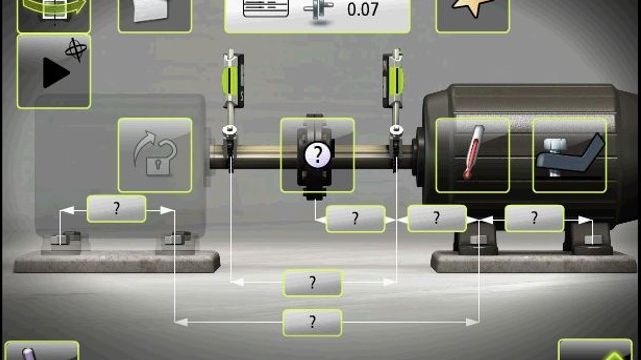
Some people believe that precision laser shaft alignment has evolved to the point where pre-alignment steps, such as roughing in the alignment with a straightedge, are no longer needed. Well, quite frankly, those people are wrong!
The reason for roughing in the alignment has little to do with how accurately the lasers/sensors measure. It has nothing to do with how big the laser detector is, o
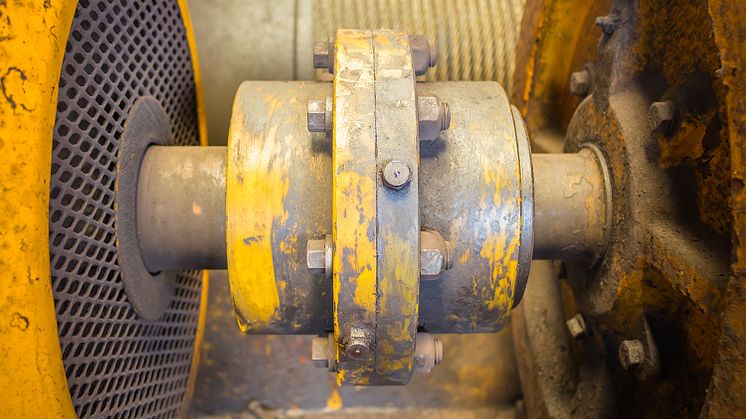
In industry, many couplings utilize an elastomeric insert or element. This type of coupling has many advantages, among them: Ease of replacement Ability to absorb torsional loading No need for lubrication Tolerant of slight amounts of misalignment Inexpensive
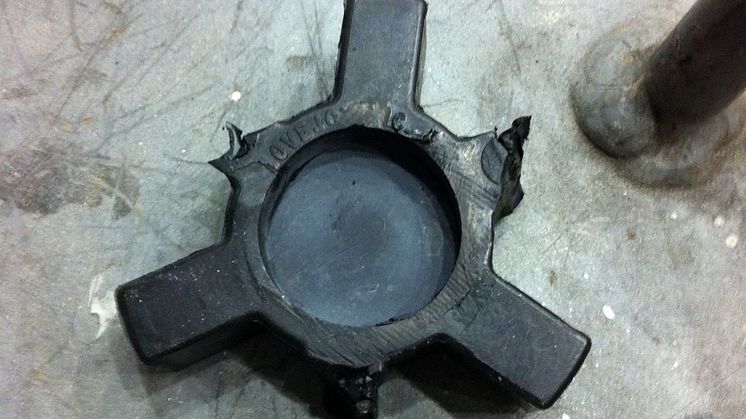
The Tripoint method of laser shaft alignment allows the user to manually take the measurements at 3 points while rotating the shafts at least 60 degrees.
I had the pleasure of working with the maintenance team at a South Carolina manufacturing plant that had an outstanding alignment kit they rolled out to every alignment job.

Keeping equipment clean and tidy is not always the easiest thing to do when maintenance and operations has full duty schedule.
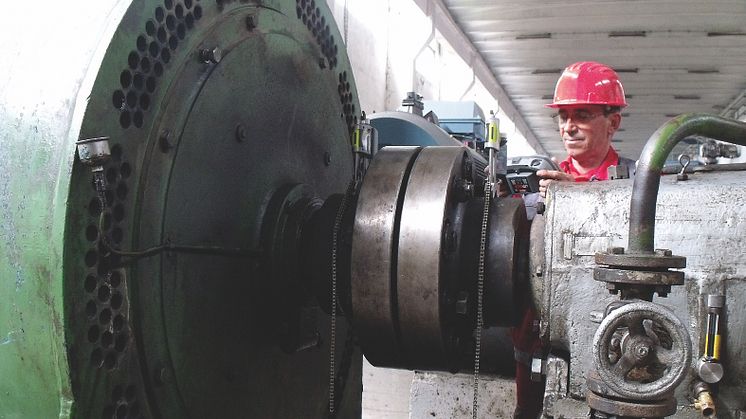
This question comes up frequently in our Shaft Alignment Best Practices training classes. The result screens below both show two different aligned machines meeting 3600 tolerances.
